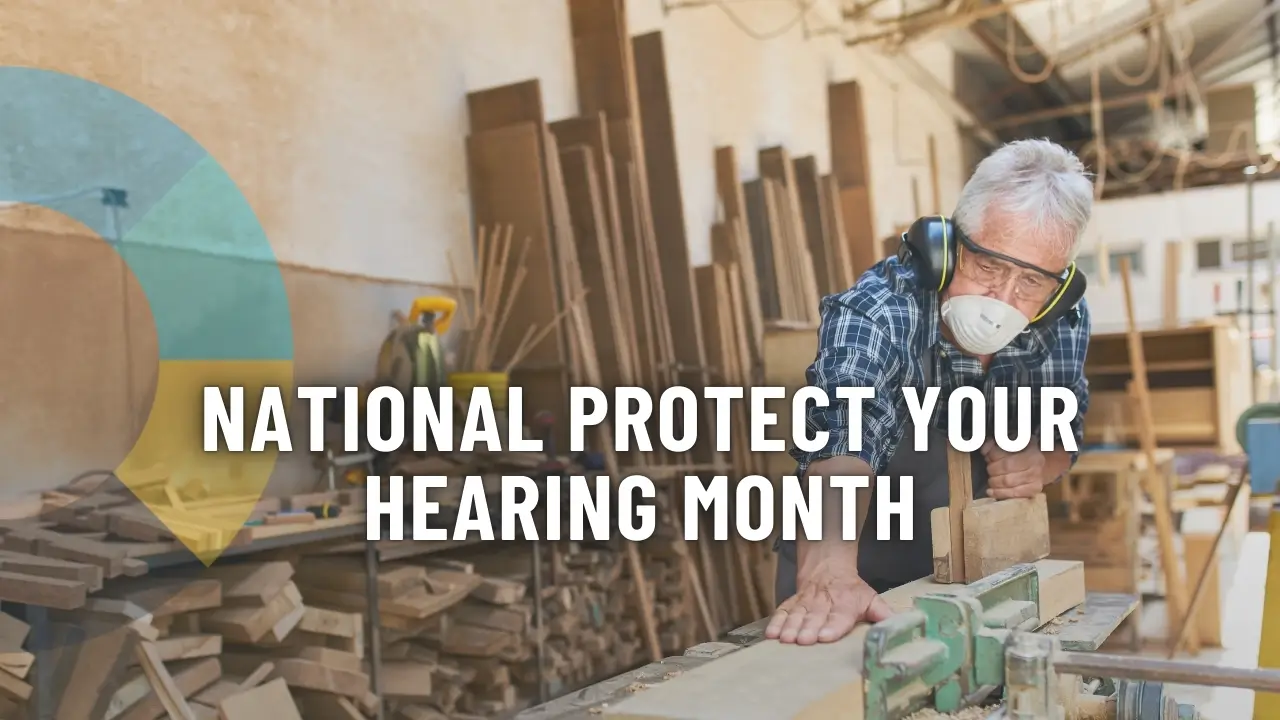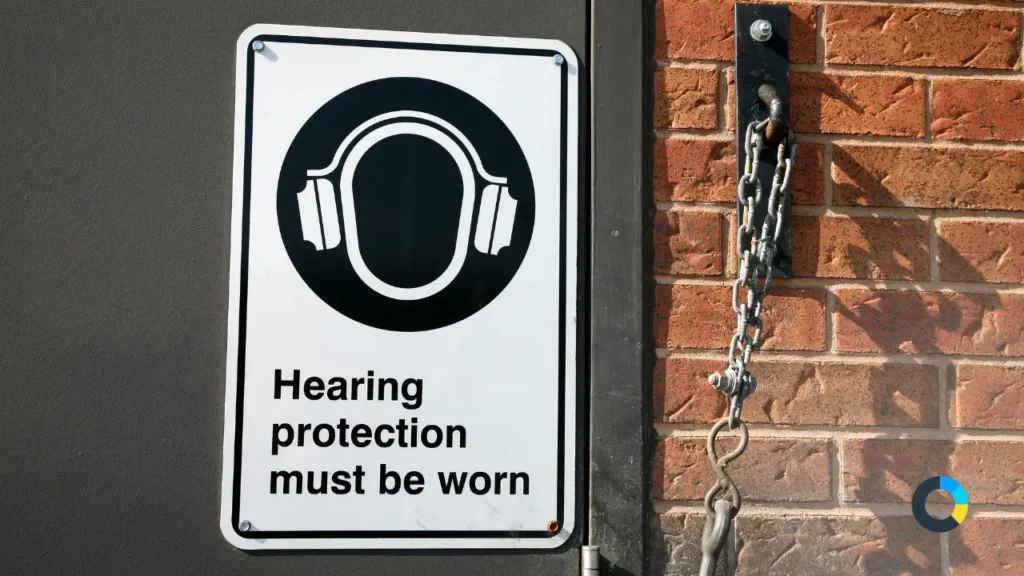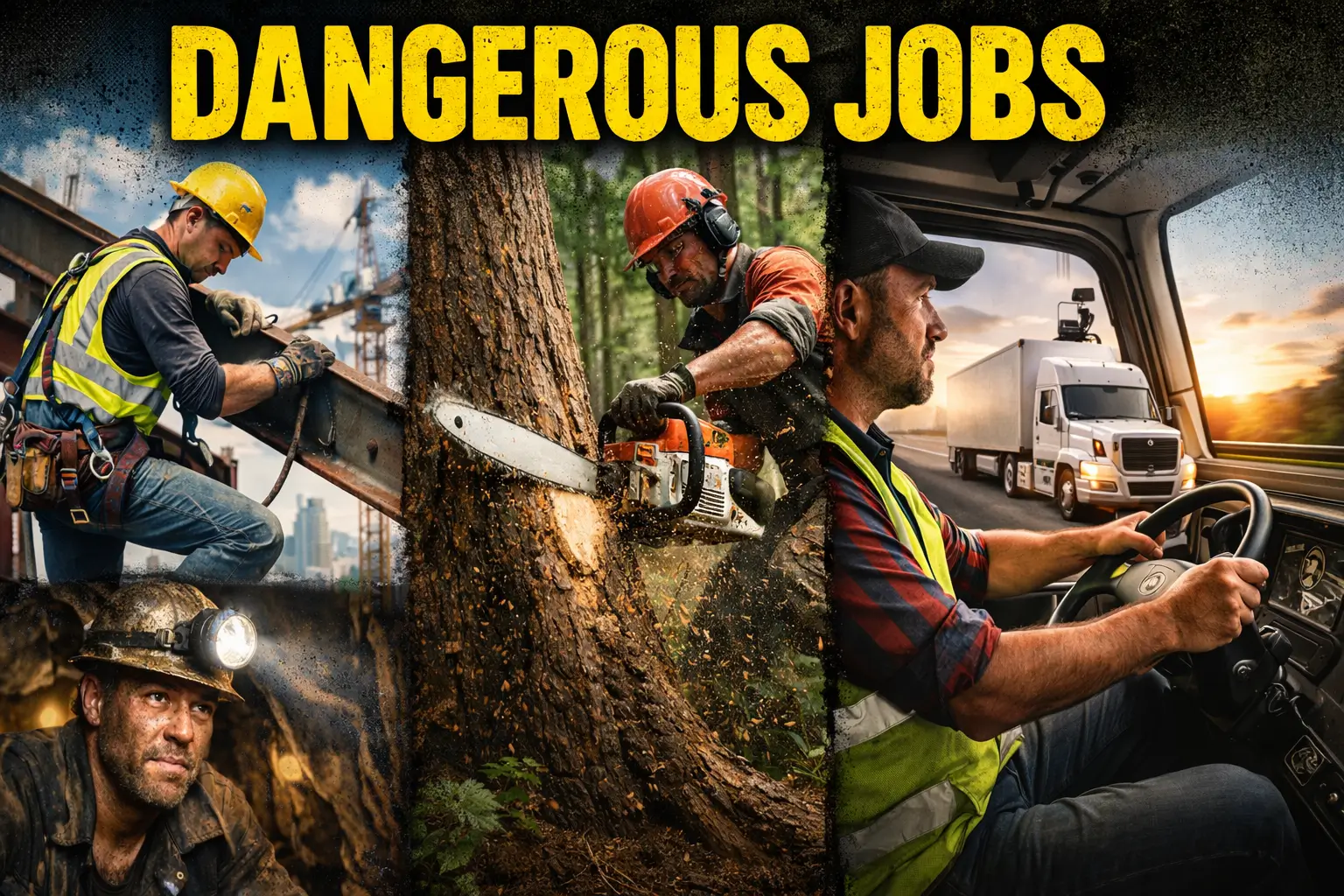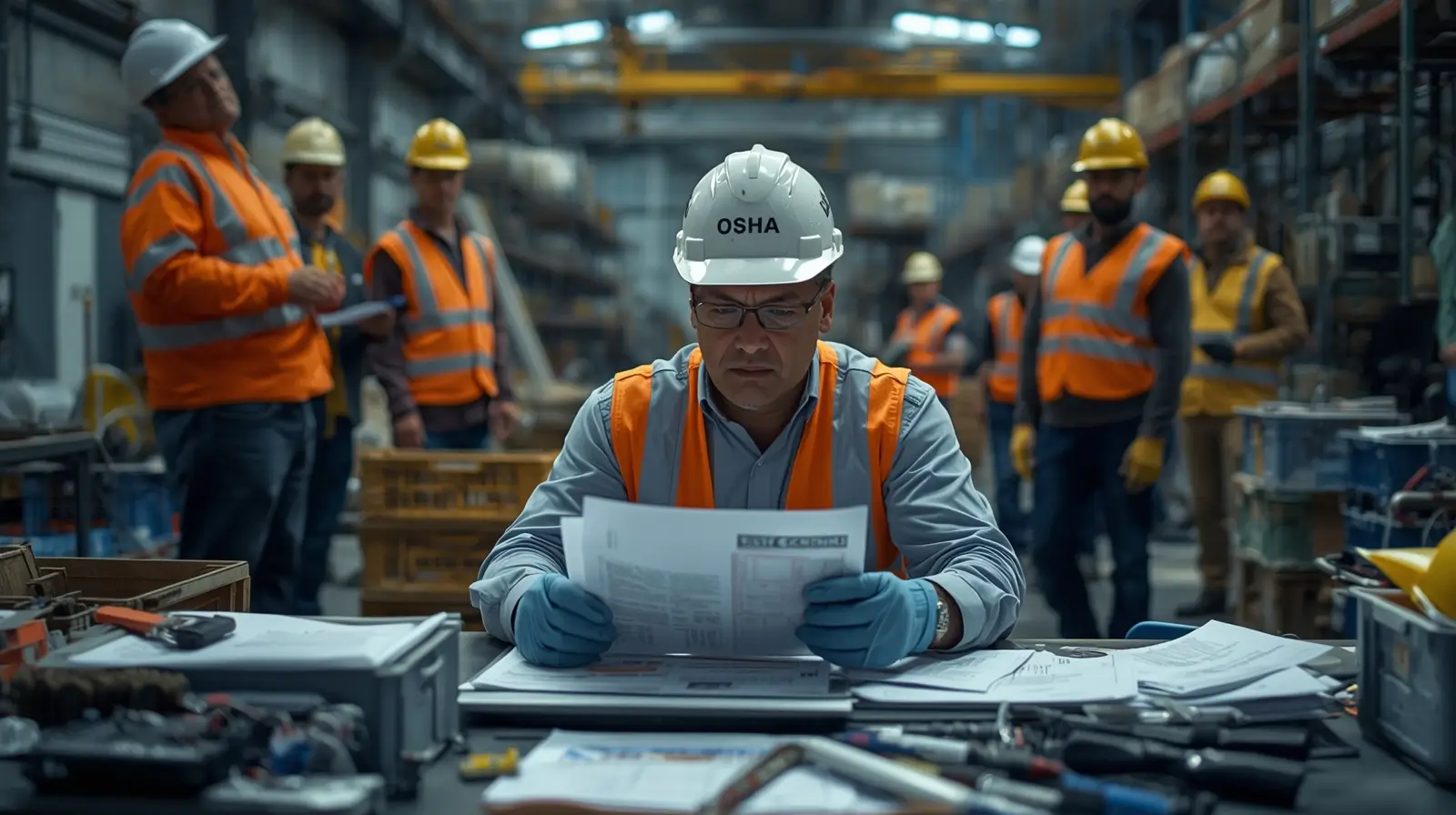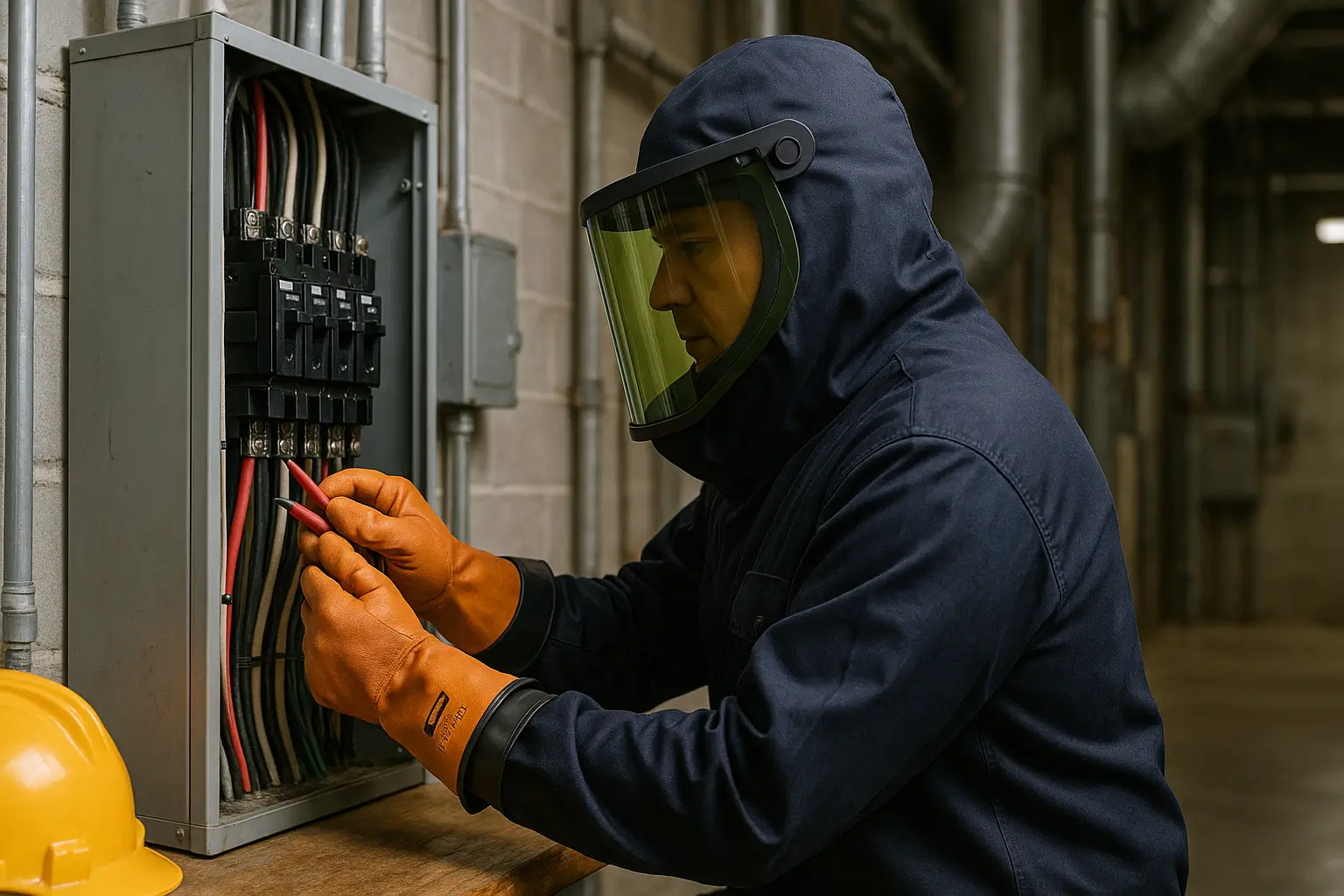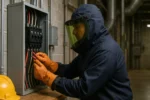Hearing loss is a significant issue in today’s workplaces, especially in environments with loud machinery or constant exposure to high decibel levels. According to the Centers for Disease Control and Prevention (CDC), approximately 22 million U.S. workers are exposed to hazardous noise levels each year. Alarmingly, occupational hearing loss is one of the most common work-related illnesses, but it is also preventable. Protecting your hearing is essential not only for maintaining quality of life but also for reducing workplace accidents, improving productivity, and ensuring overall well-being.
In light of these concerns, the National Protect Your Hearing Month, observed every October, serves as a reminder for individuals and businesses to take proactive measures to protect hearing health. This article explores the significance of this campaign and provides actionable tips to protect hearing at work.
The National Protect Your Hearing Month
Launched by the National Institute for Occupational Safety and Health (NIOSH) and supported by various health organizations, National Protect Your Hearing Month raises awareness about the long-term effects of hearing loss and encourages preventive strategies. The initiative began as a response to the growing number of people suffering from noise-induced hearing loss (NIHL). Throughout the month of October, stakeholders work together to educate the public, promote hearing conservation programs, and share resources for individuals in high-risk environments.
This month-long event is more than just a health campaign; it’s a call to action for workers, employers, and safety professionals to prioritize hearing protection in the workplace. Employers are encouraged to assess noise levels, provide appropriate personal protective equipment (PPE), and offer training on how to minimize hearing damage. Simultaneously, workers are urged to take personal responsibility for their hearing health, recognizing the long-term risks posed by noise exposure.
How To Protect Your Hearing At Work
Protecting your hearing at work requires a proactive approach to managing noise exposure and ensuring a safe environment. Here are some key strategies to help maintain hearing health on the job:
1. Conduct Regular Noise Monitoring
One of the most effective ways to protect hearing in the workplace is by conducting regular noise assessments. Worksites with noise levels above 85 decibels (dB) pose significant risks to hearing health. Employers should utilize noise monitoring devices to measure sound levels and identify areas that require corrective action. Regular noise audits help in determining whether the noise exceeds acceptable limits set by the Occupational Safety and Health Administration (OSHA).
Once noise hazards are identified, employers should take steps to control exposure. This might involve installing barriers between workers and noise sources, using quieter machinery, or limiting the amount of time workers spend in high-noise areas.
2. Use Personal Protective Equipment (PPE) Consistently
The use of hearing protection devices (HPDs) such as earplugs and earmuffs is critical in mitigating noise exposure. According to OSHA, consistent use of HPDs can reduce noise exposure by 15-30 dB, significantly decreasing the risk of permanent hearing damage. However, workers often neglect or improperly use these protective devices, undermining their effectiveness. To ensure that HPDs are used properly, employers should provide training on their correct usage and ensure that PPE fits each worker comfortably.
It’s also important to recognize that not all ear protection is created equal. Workers should be provided with options that fit their work environment, whether it’s earplugs for high-noise areas or earmuffs with electronic noise-canceling capabilities for dynamic sound levels. In any case, the consistent and correct use of PPE is paramount to preserving hearing health.
3. Implement Engineering and Administrative Controls
While PPE plays an essential role, it’s not the only solution. Engineering controls can help reduce noise at the source or along its path. This may include using sound-dampening materials, modifying existing equipment to make it quieter, or replacing noisy machinery with newer, quieter models. Additionally, administrative controls—such as rotating employees between noisy and quiet areas or scheduling noisy tasks during times when fewer workers are present—can help limit individual exposure to harmful noise levels.
A comprehensive hearing conservation program should combine these controls with PPE to maximize protection. Employers must also encourage employees to report early signs of hearing problems and provide access to regular audiometric testing to detect hearing loss in its early stages.
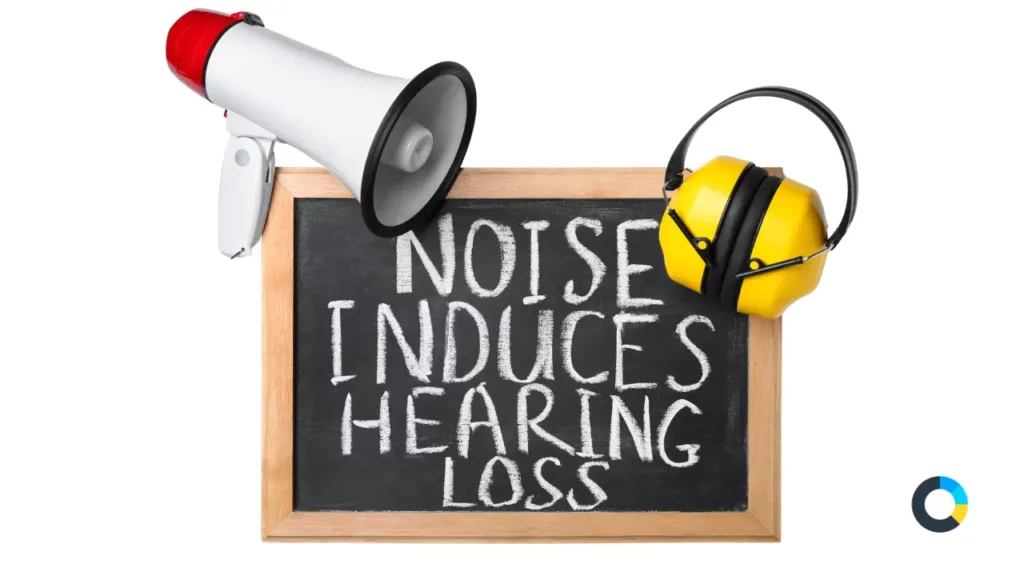
4. Educate and Train Employees
Raising awareness among workers about the risks of noise exposure is another vital aspect of hearing protection. Many workers are unaware that hearing loss can occur gradually, and by the time they notice a problem, the damage is often irreversible. Comprehensive hearing conservation programs should include ongoing education and training sessions. These sessions should cover the importance of protecting hearing, how to properly use hearing protection devices, and what steps to take if hearing problems are suspected.
Training should also emphasize the value of audiometric testing—annual tests can detect shifts in hearing ability, allowing workers to take preventative action before permanent hearing loss occurs. By investing in employee education, businesses can foster a culture of safety and awareness, ultimately reducing hearing-related incidents.
Conclusion
National Protect Your Hearing Month emphasizes the critical need to protect hearing health in workplaces, where noise-induced hearing loss is a prevalent yet preventable issue. By conducting regular noise monitoring, using appropriate personal protective equipment, implementing engineering controls, and educating employees, both employers and workers can effectively reduce noise-related risks. These measures help preserve hearing, enhance workplace safety, and promote long-term well-being. With proactive steps and awareness, workplaces can minimize the impact of hazardous noise, ensuring that employees maintain their hearing health and quality of life throughout their careers. Prioritizing hearing protection today safeguards futures tomorrow.

